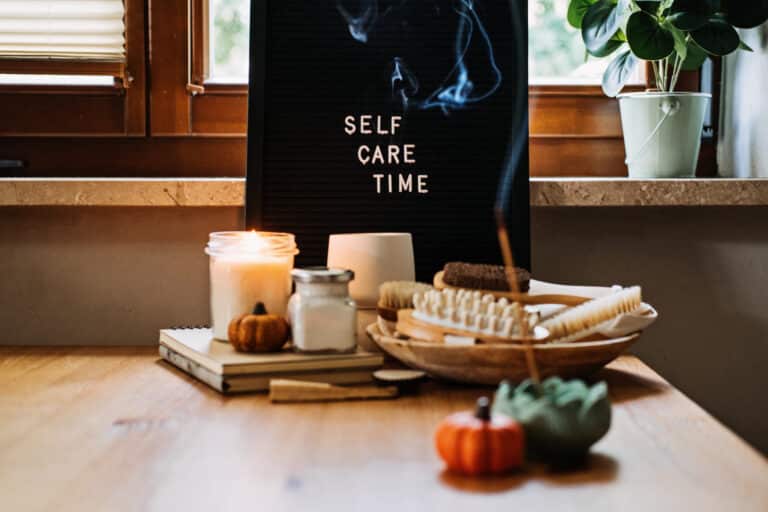Alcohol is the most misused substance in the United States. Even the CDC records show that more than half of the US adult citizens have taken alcohol in their lifetime. It is undoubtedly the leading cause of addiction, substance use-related deaths, and lost wages, amongst other issues.
The alcohol use statistics in Orange County are not different from those of the Federal government. A 2012 Orange County Healthcare Agency survey revealed that 82% of adults had used alcohol within the past year— 2011.
The statistics have remained relatively constant over the succeeding years. SoCal Sunrise is a treatment facility helping Californians recover from addiction, binge drinking, or general alcohol use. Here are some extra statistics to serve as an eye-opener for those interested in quitting drinking in Orange County.
Alcohol Use Prevalence in Orange County
Orange County Healthcare Agency’s 2012 study revealed that alcohol misuse was rampant among all demographics. It affects residents of all genders, educational levels, economic statuses, and age groups. According to Orange County Health Care, substance use disorder is relatively common among people in Orange County.
Other fascinating alcohol use statistics include:
A majority of alcohol users are male.
Alcohol use statistics in Orange County reveal that 88 percent of the male population has used alcohol at least once in their lifetime. A majority of them have kept taking the intoxicating substance. The increased alcohol use prevalence starts when men try to fit into peer groups composed of alcohol users.
The frequency of alcohol intake increases with age.
The frequency of alcohol intake increases as people start to age. In line with the 2012 survey, people aged 45 to 64 drank alcohol more frequently than their counterparts aged below 45. Researchers link the increased frequency to issues like workplace stress and increased financial muscle.
Financially stable people take more alcohol.
Unlike in the past, when people associated alcohol misuse with financial instability, the case is different in Orange County. The Orange County Healthcare Agency found out that financially stable individuals in the county have a higher alcohol consumption rate.
Alcohol intake increases with the level of education.
Graduates in Orange County take more alcohol than their counterparts who completed their education in high school. According to the 2012 survey, 86 percent of graduates disclosed that they had taken alcohol at least once in 2011. On the contrary, only 69 percent of those who dropped out of high school had taken alcohol within 2011.
Alcohol Consumption Patterns
People start alcohol use before adulthood, especially if they come from a community that regards alcohol use as usual. The individuals keep taking alcohol into their old age. Other alcohol consumption patterns revealed by the Orange County Healthcare Agency include:
Underage users continue drinking to their adulthood.
As noted, people who had their first alcoholic drink before 18 keep drinking into adulthood. The likelihood increases if these people start to receive a higher income, education achievements, and social status.
Acculturated people are more likely to consume alcohol.
Acculturation plays an essential role when determining one’s likelihood of drinking alcohol. For instance, people born in areas where alcohol use is glorified are more likely to use alcohol. Contrarily, people from communities disregarding alcohol use are less likely to become alcoholics.
Men take large quantities of alcohol.
Alcohol statistics in Orange County reveal that males drink more alcohol than females. For example, males take an average of 2.9 drinks per sitting, while females take an average of 1.7 drinks. That is because men need more alcohol to get intoxicated.
Males drink several days a month more than females.
Apart from males drinking more alcohol, alcohol use statistics in Orange County show that men drink several days a month. Females take alcohol for an average of 6 days a month, while males take it for 7.1 days a month.
Males start drinking alcohol at an earlier age than females.
Males start drinking alcohol at an average age of 15 to 18 years old. At the same time, females are likely to take their first alcoholic drink after 18. Generally, females who use alcohol take their first drink at 19.4 years. Meanwhile, men take their first drink at an average of 17.5 years.
Binge Drinking Prevalence
26% of alcohol users binge drink at least once a month.
Almost a quarter of alcohol users in Orange County binge drink at least once a month. That means people who abuse alcohol take four or more drinks in a sitting of two hours. This pattern of drinking brings their alcohol blood level to 0.08 grams of alcohol per deciliter.
Men binge drink more than females.
Males in Orange County are more likely to binge drink than their female counterparts. According to the 2012 study, 87% of binge drinkers are male. In contrast, females account for 12% of binge drinkers, which means that almost 9 out of 10 binge drinkers are male.
Binge drinking decreases with age.
Binge drinking is more prevalent among younger people between 18 to 24 years. Most of the people in this category are college students and young professionals. However, the habit starts reducing from age 34 upwards.
Many binge drinkers are graduates.
In line with the 2012 alcohol use statistics in Orange County, Seventy-nine percent of binge drinkers attended college. The habit starts at college since many students consider drinking an integral part of a higher learning experience. For some people, the binge drinking habit grows to adulthood.
Treatment for Alcohol in Southern California
It is a shared belief that alcohol, taken in moderation, does not impact the user’s overall health. However, that is never true since this intoxicating substance has several negative impacts when taken habitually, even in moderation.
For instance, alcohol can lead to addiction, binge drinking, or alcoholism. Left unmanaged, the issues can seriously affect the drinker’s overall wellness. That is where alcohol treatment in California comes in.
The detox period flushes out alcohol toxins from the drinker’s body. Treatment continues as people learn to live sober and treat their mental health.
Here are some indicators that a person may be ready to receive treatment for alcohol use disorder:
- When they want to stop drinking
- Experience unmanageable cravings for alcohol
- Alcohol has begun interfering with their family or work life
- They have reduced beneficial fun activities to keep drinking
- They need to drink more to get intoxicated
Get Help at Southern California Sunrise Recovery Center
Whether it is addiction or binge drinking, Southern California Sunrise Recovery Center experts can help patients eliminate alcohol use. We use a mix of scientifically proven treatments and behavioral therapies to help patients gain sobriety within the shortest time possible. Our treatment center provides comprehensive treatment to those struggling with alcohol and drug abuse.
We accept insurance schemes from leading providers like Humana, First Health, Aetna, Cigna, and more. Bellagio RTC aims to make treatment accessible to those that need it. Reach out to us to learn about our treatment options and verify insurance for substance abuse treatment.Contact us to learn how we can help you or a loved one recover from addiction or alcoholism.






